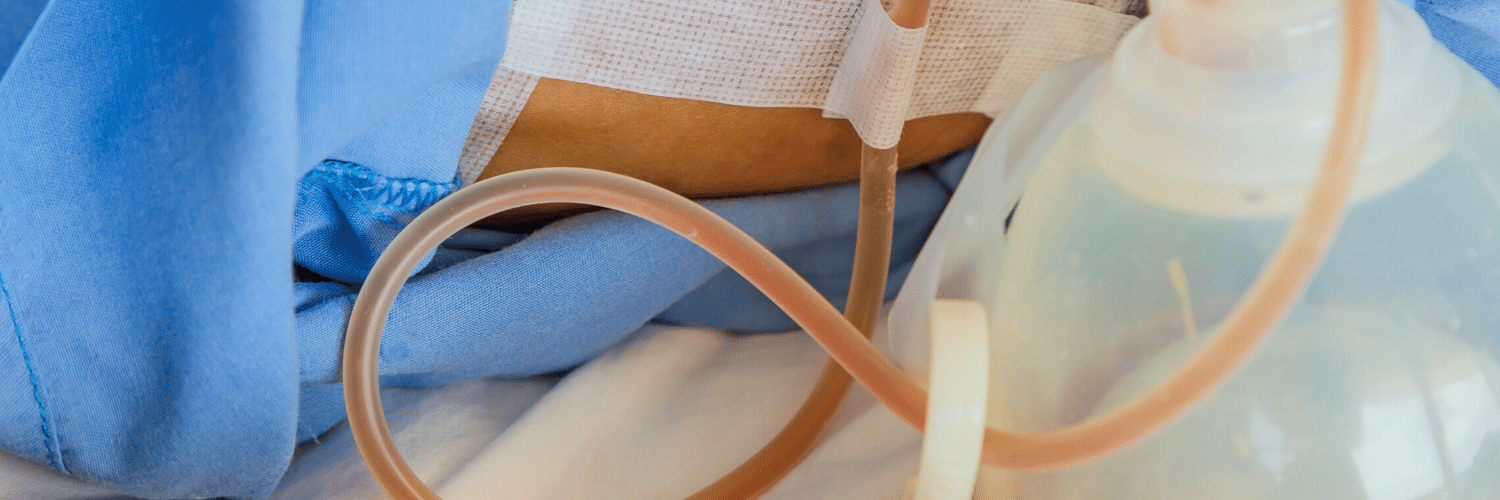
Most patients undergoing breast surgery or breast reconstruction surgery will have at least one Jackson-Pratt drain (drain) placed after surgery. Surgery causes damage to the blood and lymph vessels and surrounding tissue. An inflammatory response occurs, and the severed vessels and tissues will produce clear fluid in response. The purpose of the drains is to remove any fluid accumulation from the body.
Rather than allowing the fluid to accumulate around surgical sites, a drain is placed to suction the fluid out reducing the risk of complications such as a seroma, hematoma or fluid retention.
Caring for your drains may seem overwhelming in the beginning but rest assured, is completely manageable.
You should receive an output log prior to surgery from your nurse. This piece of paper will be your best friend! Once you have your log, it is always wise to number your drains (if you have more than one) so you ensure that you are recording the correct output on each drain consistently. Immediately after surgery you may notice that your drains put out a larger amount of fluid than they do when you are a week or two out from surgery. This is completely normal! Record your drain output on each drain every 4-6 hours and then empty the fluid once it has been recorded. When the fluid amount lessens, you can extend your measuring time to 8-12 hours. Your nurse will want to see this output log at all of your post-op appointments. Once your drain output levels are low enough (varies by patient), the nurse will remove your drains in the office.
If you notice a drain has suddenly stopped producing any fluid, it is likely because it is clogged. If this happens you can unclog it with these simple steps.
1. Wash your hands thoroughly with soap and water.
2. Grip the drain tube with the thumb and index finger, close to the skin where it comes out of the body.
3. With the fingers of the other hand, squeeze down the length of the tube. Start where it comes out of the body, and finish at the bulb of the tube.
This motion is called stripping the drain. It may take a few tries to get the drain flowing again. Once you have the drain stripped and working again, wash your hands with soap and water.
Drains are meant to aide in the healing process but there are a few things you should look out for and contact your PRMA nurse if you see these things.
1. The stitches that hold the drain in place have fallen out.
2. You are running a fever of over 100 F
3. The drainage is cloudy or has a foul-smelling odor.
4. You notice that the fluid is more blood-like than fluid-like.
Author: Dr. Minas Chrysopoulo and Delaney Crawford
Caring for your drains may seem overwhelming in the beginning but rest assured, is completely manageable.

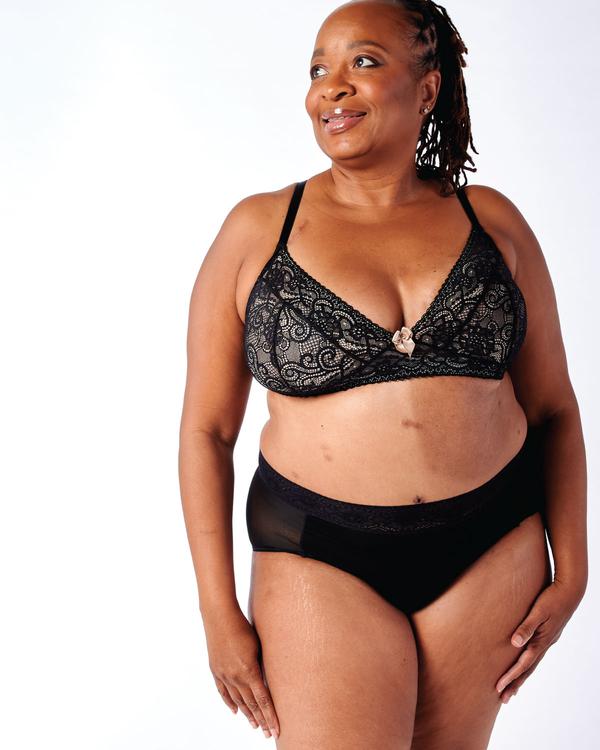

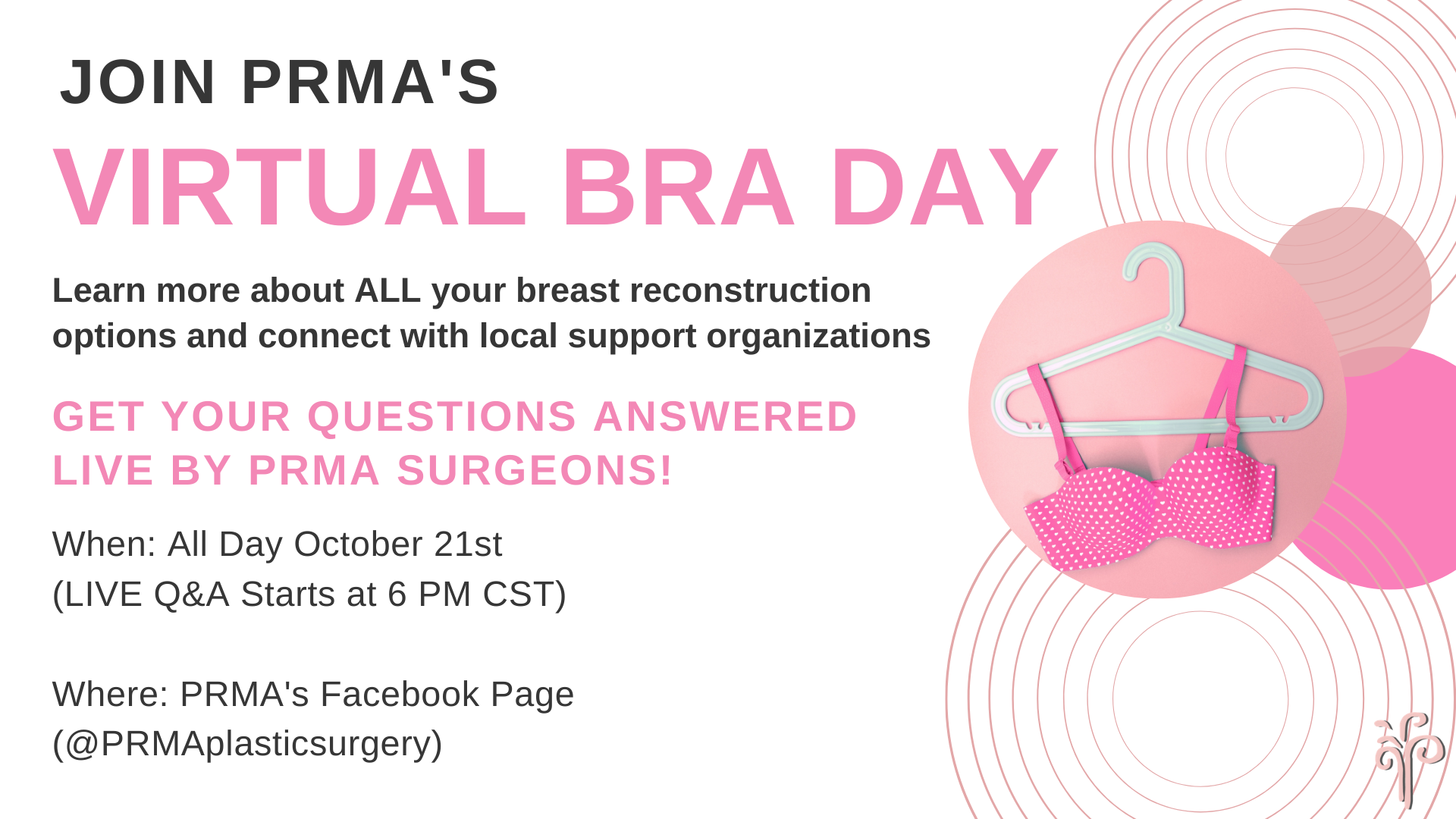
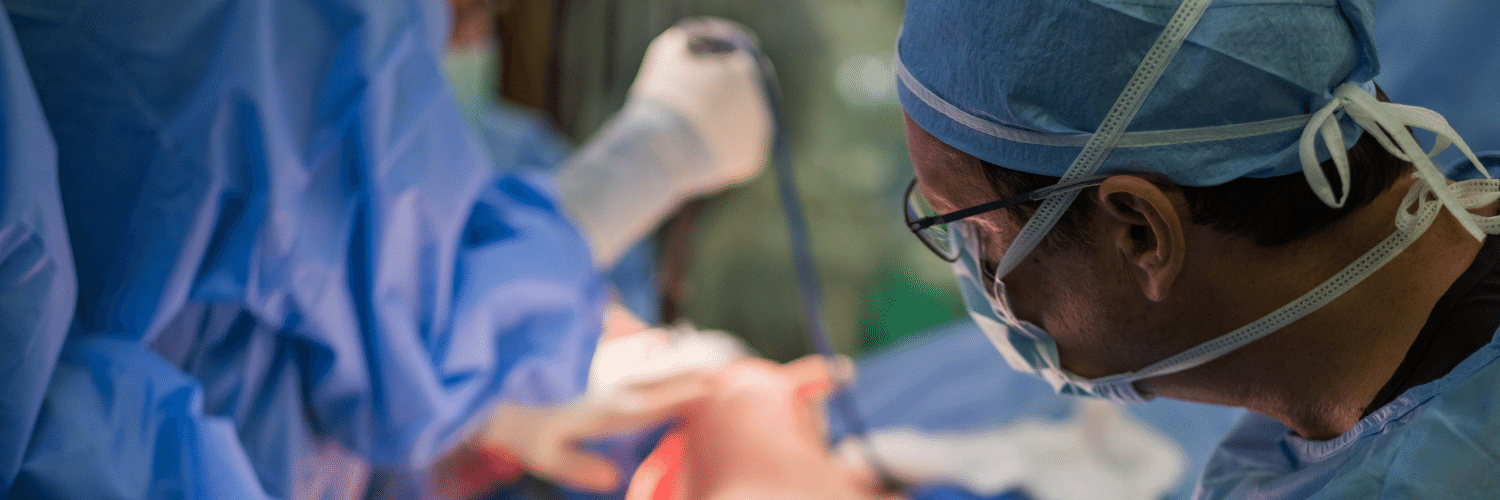

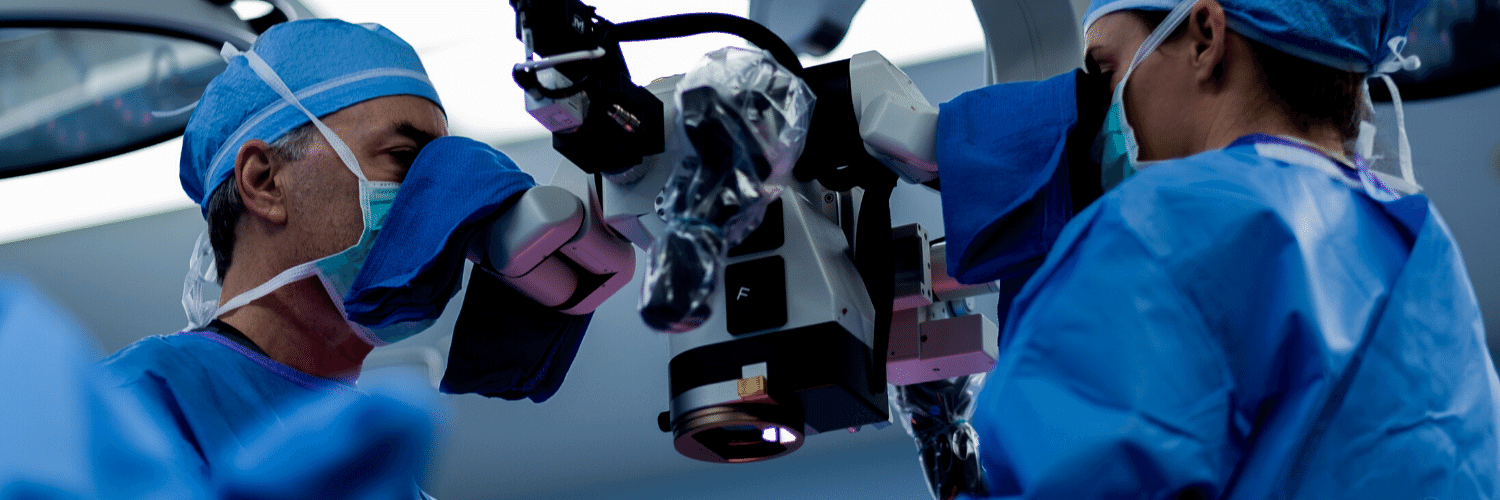

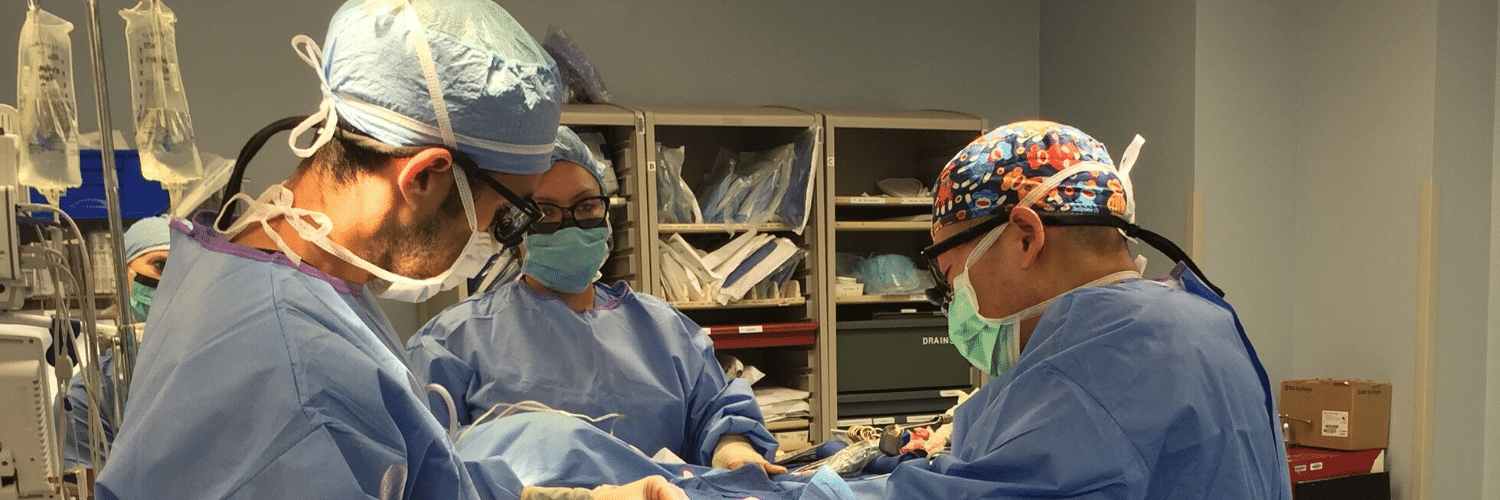
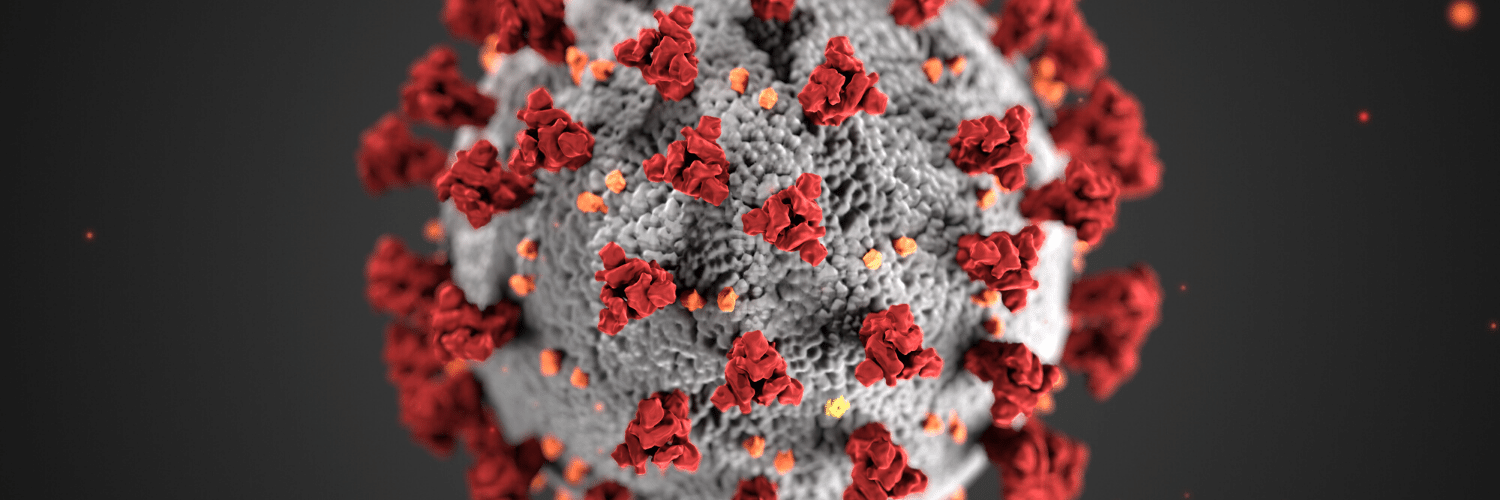


No Comments